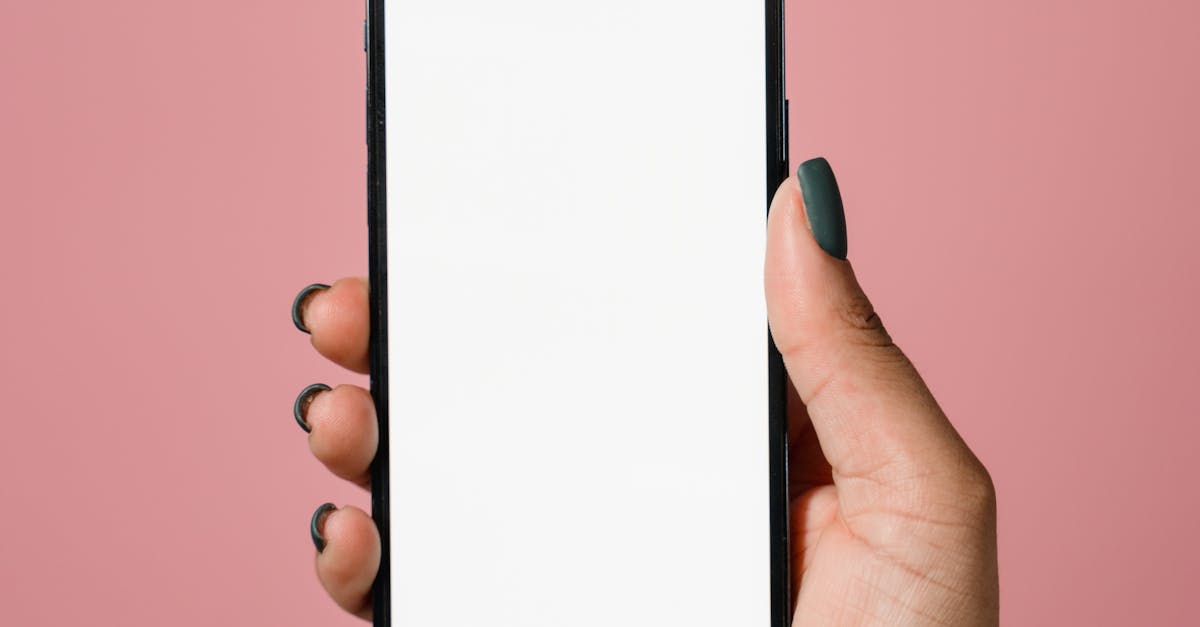Unlocking the Golden Key: A Comprehensive Guide to UX for Gold E-commerce

In the ever-evolving realm of e-commerce, where the gold industry seeks to shine, user experience (UX) has emerged as the golden key to unlocking success. Crafting an effective and user-friendly online storefront is no longer a mere aspiration but a strategic imperative.
Beyond aesthetics and functionality, UX is the art of designing an online experience that seamlessly guides customers through their purchasing journey, leaving them not just satisfied but raving fans. By prioritizing user-centricity, accessibility, and trust, e-commerce businesses can differentiate themselves in a competitive market, boost conversions, and strike gold in the digital arena.
This comprehensive guide delves into the crucial elements of UX for gold e-commerce sites, providing actionable insights and real-world examples. From creating an intuitive interface to establishing credibility and leveraging personalization, we’ll explore the strategies that transform digital storefronts into golden opportunities for both businesses and discerning customers.
Key Takeaways: Optimizing UX for Gold E-commerce Success
-
Prioritize user-centricity: Design your gold e-commerce site around the needs and preferences of your customers.
-
Build trust and credibility: Establish transparency in pricing, secure payment gateways, positive customer testimonials, and clear return policies.
-
Personalize the experience: Use data to tailor product recommendations, content, and shopping experiences for each customer.
-
Optimize for mobile: Ensure your site is responsive, loads quickly, and offers a seamless checkout process on all devices.
-
Monitor and iterate: Regularly track UX metrics and customer feedback to identify areas for improvement and enhance the overall user experience.
1. Understanding the Importance of UX in Gold E-commerce
In the fiercely competitive gold e-commerce market, where every gram counts, user experience (UX) has emerged as the secret weapon that separates the golden nuggets from the pyrite. A well-crafted UX is not just a nice-to-have—it’s a strategic necessity that can make or break your online store.
First and foremost, a seamless UX enhances customer satisfaction. When customers can easily find what they’re looking for, navigate your site without frustration, and make secure purchases with confidence, they’re more likely to leave happy and come back for more. Positive experiences lead to positive reviews, which in turn attracts new customers and boosts your credibility.
Moreover, a well-designed UX can significantly boost conversions. By optimizing your site for conversions, you can guide customers effortlessly through the purchasing funnel, increasing the likelihood that they’ll add those shiny gold items to their virtual carts and hit the checkout button. A seamless checkout process, clear product descriptions, and high-quality images can all contribute to a higher conversion rate.
2. Key UX Principles for Gold E-commerce

When it comes to crafting a gold e-commerce site that shines, there are a few fundamental UX principles that should guide your every design decision. These principles serve as the foundation for a user experience that’s not just visually appealing but also intuitive, accessible, and trustworthy.
First and foremost, user-centricity should be your guiding star. Every element of your site, from the layout to the checkout process, should be designed with the user in mind. Put yourself in their shoes and consider their needs, preferences, and pain points. By prioritizing user-centricity, you create an experience that feels tailored to each individual customer.
Accessibility is another crucial principle that ensures your site is inclusive and welcoming to all users, regardless of their abilities or disabilities. This means using clear and concise language, providing alternative text for images, and making sure your site is compatible with assistive technologies. An accessible UX opens up your store to a wider audience, boosting your reach and reputation.
3. Designing a User-Friendly Interface
When it comes to designing a user-friendly interface for your gold e-commerce site, it’s all about creating an experience that’s as smooth as a freshly polished gold bar. Here are a few key elements to consider:
First, intuitive navigation is paramount. Customers should be able to effortlessly find what they’re looking for without getting lost in a maze of menus and subcategories. A clear and well-organized navigation structure, combined with a user-friendly search bar, will make it a breeze for customers to browse your products and find exactly what they desire.
Next, clear product descriptions are essential for building trust and informing purchase decisions. Provide detailed information about each product, including its specifications, materials, and any unique features or benefits. High-quality images from multiple angles showcase your products in their best light and give customers a closer look at the intricate details that make your gold pieces stand out.
4. Building Trust and Credibility

In the world of gold e-commerce, where trust is as precious as the metal itself, building credibility is key to attracting and retaining customers. Here are a few ways to establish your gold e-commerce site as a beacon of trustworthiness:
First, transparent pricing is non-negotiable. Customers want to know exactly how much they’re paying for your gold, without any hidden fees or surprises at checkout. Display your prices clearly and upfront, and avoid using confusing or misleading language. You can also offer price comparison tools to help customers see the value they’re getting from your store.
Next, secure payment gateways are essential for building trust. Partner with reputable payment providers that use industry-standard encryption and security measures to protect customer data and financial information. Display trust seals and security badges prominently on your site to reassure customers that their transactions are safe and secure.
5. Personalization and Customization
In the fiercely competitive world of gold e-commerce, personalization is the secret weapon to make your store stand out and cater to the unique tastes and preferences of each customer. Here’s how you can harness the power of personalization to enhance the user experience:
First, tailored product recommendations can go a long way in creating a personalized shopping experience. Use data about customers’ browsing and purchase history to suggest products that are relevant to their interests. This not only makes it easier for customers to find what they’re looking for but also increases the chances of conversions.
Next, personalized content can help you connect with customers on a deeper level. Create targeted content that appeals to specific customer segments based on their demographics, location, or interests. This could include personalized email campaigns, blog posts, or even customized landing pages.
6. Mobile Optimization for Gold E-commerce
In today’s mobile-first world, optimizing your gold e-commerce site for mobile users is not just an option—it’s a necessity. Here are a few key aspects to consider:
First, responsive design is essential for a seamless mobile experience. Your site should automatically adjust its layout and content to fit any screen size, whether it’s a smartphone, tablet, or laptop. This ensures that your site is easy to navigate and use, regardless of the device.
Next, fast loading speeds are crucial for keeping mobile users engaged. Optimize your site’s images, minimize HTTP requests, and use a content delivery network (CDN) to deliver your content quickly and efficiently. Remember, every second counts when it comes to mobile users.
7. Real-World Examples of Effective Gold E-commerce UX
Let’s take a closer look at some gold e-commerce sites that have mastered the art of UX and reaped the rewards:
-
Gold.co: This online gold dealer has a user-friendly interface that makes it easy for customers to find and purchase gold products. Their site features clear product descriptions, high-quality images, and a streamlined checkout process. As a result, Gold.co has earned a reputation for providing a seamless and secure gold buying experience.
-
JM Bullion: Known for their extensive selection of gold products and competitive prices, JM Bullion has invested heavily in creating a user-centric website. Their site offers personalized product recommendations, tailored content, and a mobile-optimized experience. These efforts have contributed to JM Bullion’s position as a leading online gold retailer.
What are some specific examples of user-centric design elements that can enhance UX in gold e-commerce?
User-centric design elements that can enhance UX in gold e-commerce include intuitive navigation, clear and concise product descriptions, high-quality images and videos, personalized recommendations, and a seamless checkout process.
How can personalization contribute to a better UX for gold e-commerce customers?
Personalization can contribute to a better UX for gold e-commerce customers by providing tailored product recommendations, customized content, and personalized shopping experiences based on their preferences and過去の行動.
What are some key metrics for measuring the effectiveness of UX in gold e-commerce?
Key metrics for measuring the effectiveness of UX in gold e-commerce include customer satisfaction, conversion rates, bounce rates, time on site, and average order value.
Table of Key Insights: Optimizing UX for Gold E-commerce Success
-
User-centricity is key: Prioritizing the needs and preferences of your customers is essential for creating a positive UX.
-
Trust and credibility are crucial: Establish transparency, security, and reliability to build trust with customers.
-
Personalization enhances the experience: Tailor product recommendations, content, and shopping experiences to individual customer preferences.
-
Mobile optimization is essential: Ensure your site is responsive, loads quickly, and offers a seamless checkout process on all devices.
-
Monitor and iterate: Regularly track UX metrics and customer feedback to identify areas for improvement and enhance the overall user experience.